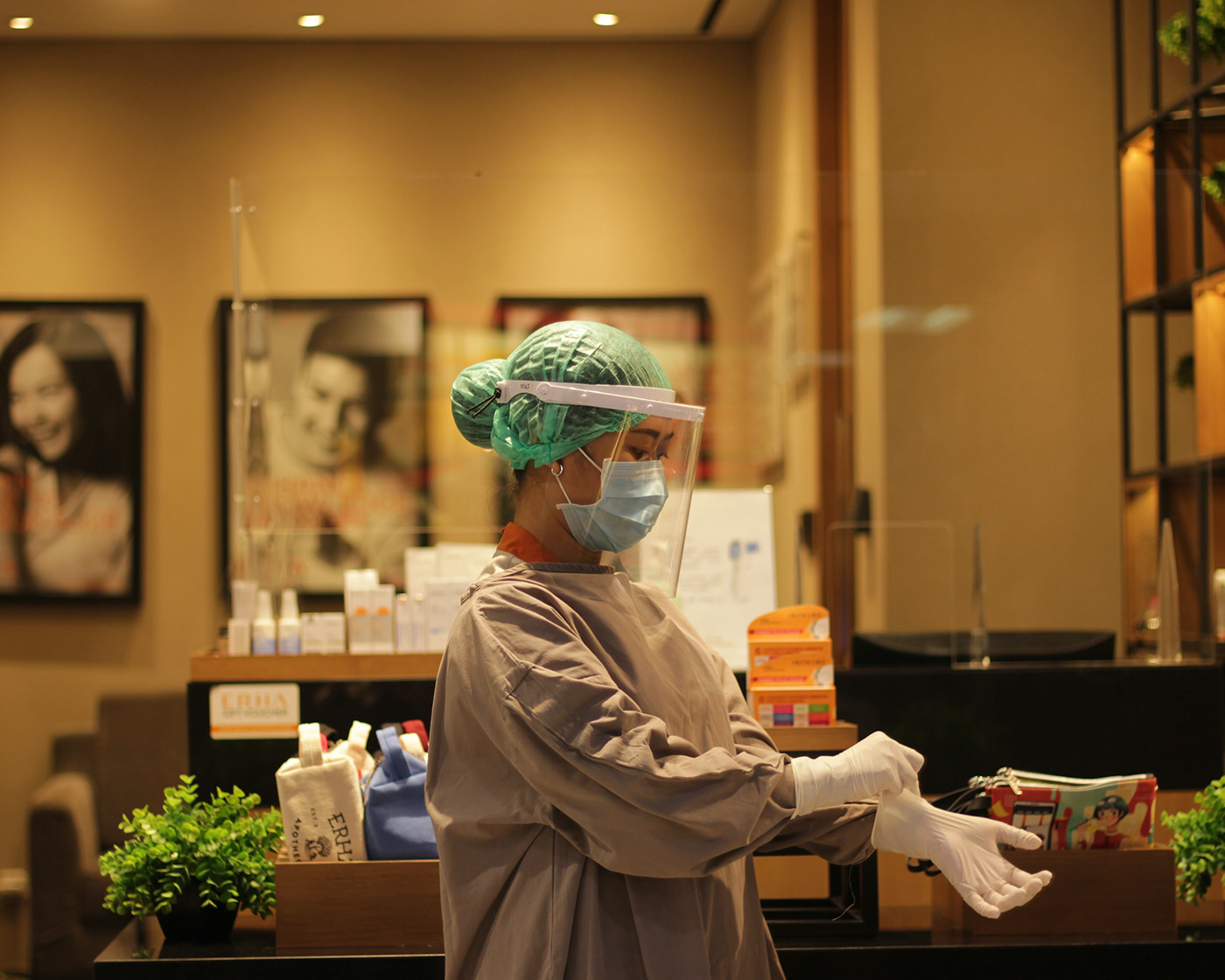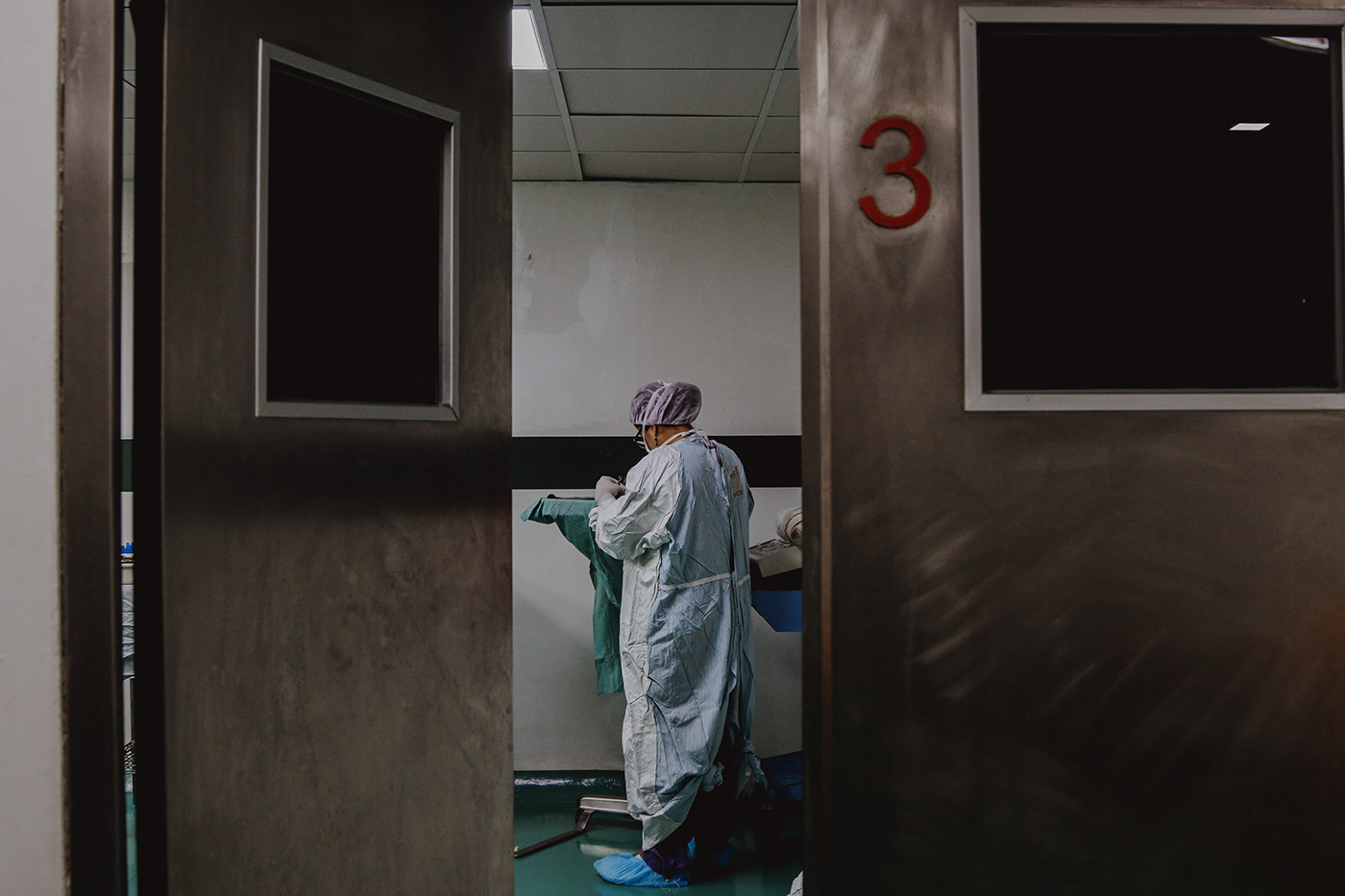The Importance and Purpose of Surgical Scrubs
Before the mid-nineteenth century, the vast majority of those who underwent surgery died. Death rates of about 80% were frequent in London hospitals.
Surgeons worked with bare hands and non-sterile instruments while dressed in black, filthy frock coats. Dried blood stains were considered a sign of maturity. Nobody realised at the time that bacteria and other organisms caused a high death rate. According to most sources, the treatment was effective, but the patient died. As the linkages between microorganisms and illnesses were discovered, surgeons began washing their hands, sterilising their instruments, and wearing gowns over their street clothes.

Nowadays, clothing in the operating room and the confined operation area is governed by extremely rigorous cleaning regulations. Clean surgical scrubs, sterile surgical gowns, and helmets are utilised to protect perioperative staff and limit microbial contamination of surgical incisions. Despite this, surgical site infections (SSI) remain among the most common healthcare-related illnesses (HAIs) and have a considerable financial impact.

The Value of Surgical Scrubs
Surgical scrubs can serve to prevent pathogen transmission on the skin and on clothes worn outside the operating room, as well as reduce the occurrence of surgical site infections. Setting regulations and selecting proper staff transfer garments are essential components in preventing microbial transmission and boosting patient safety.

Surgical scrubs can help prevent surgical site infections
Infections at the surgical site develop on the body part where the surgery was performed. These are infections that arise as a result of surgery. Surgical site infections are classified as follows by the CDC:
- Superficial incisional SSI is an infection that occurs only in the skin around the incision.
- Deep incisional SSI is a kind of infection that develops in the muscle and surrounding tissues underneath the incision.
- Infection produced by surgery in any location other than the skin, muscle, and tissue.
How to Wear Surgical Scrubs Correctly
While patients can reduce their risk factors before surgery, such as stopping smoking, it is still vital that the surgical team be fully sanitised before entering the operating room. This is possible by following best-practice surgical scrub-up techniques. We collaborated with a surgical team from a South African public hospital to develop a best-practice surgical scrub-up procedure.

Begin the scrub with a thorough antimicrobial soap wash of the arms and elbows, followed by a thorough cleaning beneath the fingernails with a nail file. According to hospital guidelines, a thorough cleaning with a scrubbing brush or abrasive sponge is next necessary. This scrub should start at the tips of the fingers and progress up to the elbows. After finishing the previous approach, repeat the procedure on the opposing arm. To ensure that the antibacterial soap is effective and that no areas are missed, the surgical scrub-up should last at least five minutes.

While the method is critical, environmental factors may also have an impact on the efficiency of the surgical scrub-up procedure. To prevent re-contamination, the scrub-up trough used must include hands-free washing mechanisms or elbow-operated valves. In addition, the antiseptic soap used should be from a reputable firm and meet medical standards. Wash your hands with a waterless alcohol-based hand massage after the scrub-up procedure.

This should be fast-acting and fast-drying. It is also vital to maintain a clean atmosphere. Using a scrub-up trough made of high-quality stainless steel can assist to maintain the scrub-up area clean and sanitary.
Surgeons can assist lower the risk of Surgical Site Infections by following a surgical scrub-up strategy that covers the elements described above, in addition to the inherent patient-related dangers connected with surgery.

